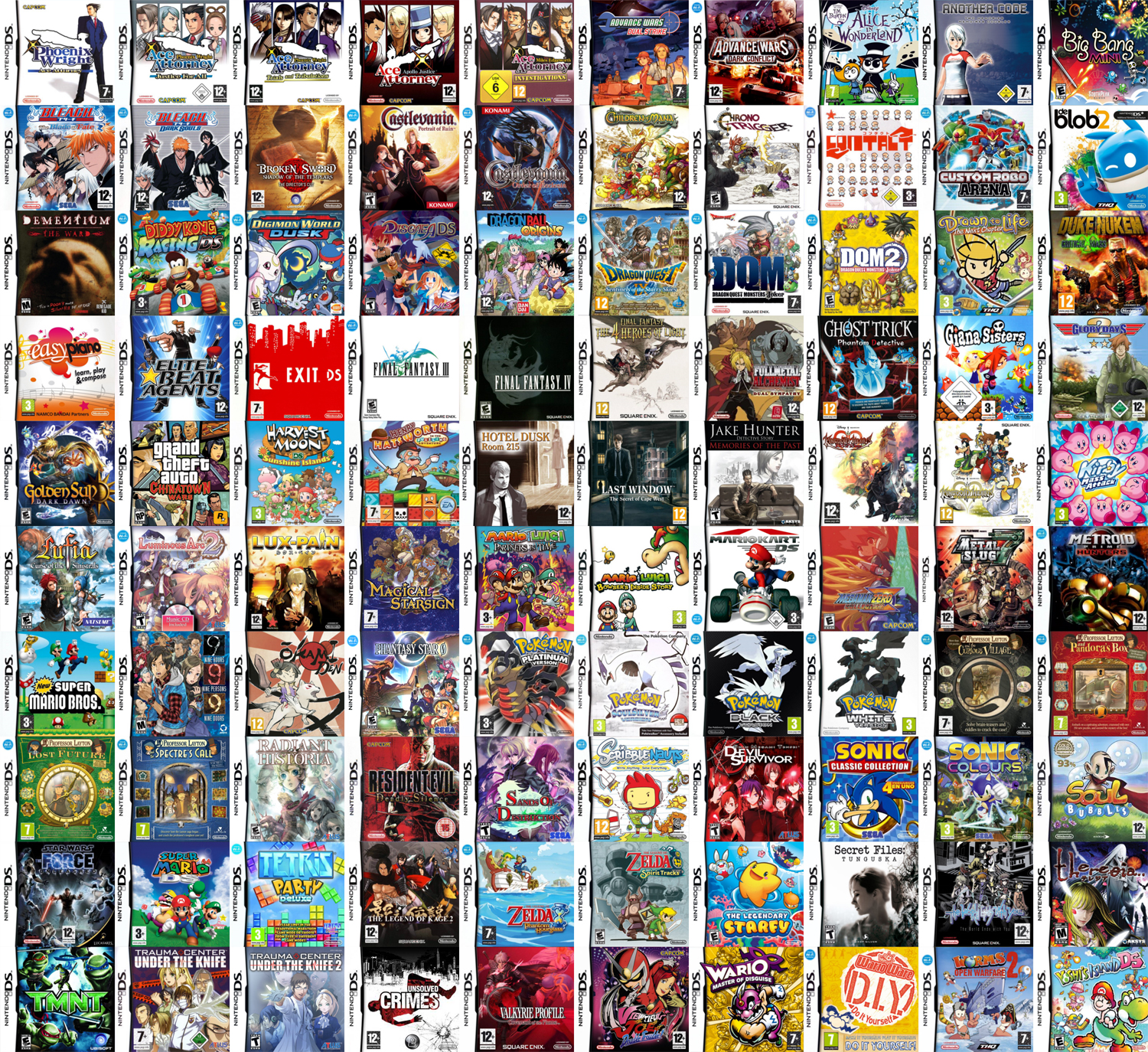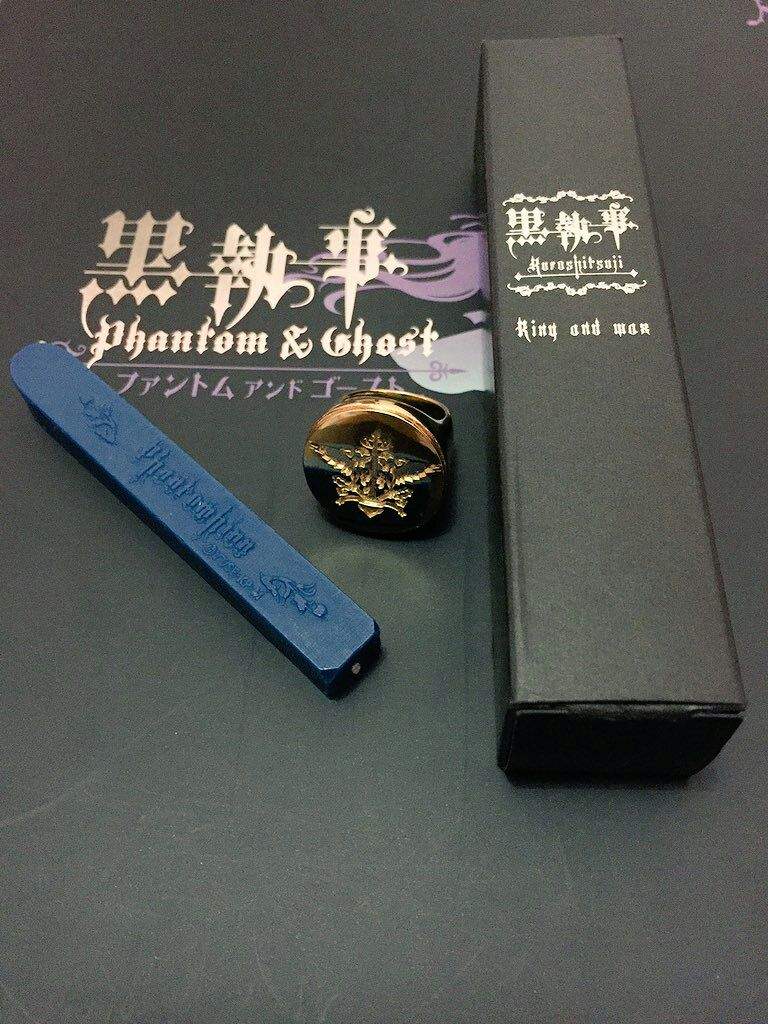

Ghost Recon Online is likely to ship with a few maps initially, with more slated for release down the line, though it's unknown how many different play types will be available from the outset. The Moscow City map we played in the domination-style Capture mode offered up a large and detailed environment in which to carry out our four-on-four battle, though the actual release may support additional players (it wasn't clear from the demo).

Ghost Recon Online very much looks and plays like a classic series multiplayer experience, though it's likely to feel a bit streamlined and compact by comparison. It doesn't have a single-player campaign or elaborate production values, though it is definitely a cut above what we'd expect from a game that can be downloaded and played without whipping out your wallet. The Nintendo DS, introduced distinctive new features to handheld gaming: two LCD screens working in tandem (the bottom one being a touchscreen), a built-in microphone, and support for wireless connectivity. This is an important caveat, because this free-to-play iteration isn't meant to replace the upcoming Ghost Recon: Future Soldier or other full-fledged premium releases. Ghost Recon Online is the Tom Clancy-branded counterpart to those titles, and based on what we played, it's pretty seriously impressive – for a free game. It is also pre-loaded with various applications including an online distribution store called Nintendo eShop a social networking service called Miiverse (shut down on November 8, 2017) an Internet Browser the Netflix, Hulu Plus, and YouTube streaming video services Nintendo Video a messaging application called Swapnote (known as Nintendo Letter Box in Europe and Australia) and Mii Maker.The free-to-play tag is often associated with Facebook games and social diversions, but games like Combat Arms and Battlefield Free4Play already deliver robust shooter experiences in that mold. The handheld's most prominent feature is its ability to display stereoscopic 3D effects without the use of 3D glasses or additional accessories, and offers new features such as the StreetPass and SpotPass tag modes, powered by Nintendo Network augmented reality using its 3D cameras and Virtual Console, which allows owners to download and play games originally released on older video game systems. As an eighth-generation console, its primary competitor was Sony's PlayStation Vita.

The system features backward compatibility with older Nintendo DS video games.

It was announced in March 2010 and unveiled at E3 2010 as the successor to the Nintendo DS. The Nintendo 3DS is a handheld game console produced by Nintendo.


 0 kommentar(er)
0 kommentar(er)
